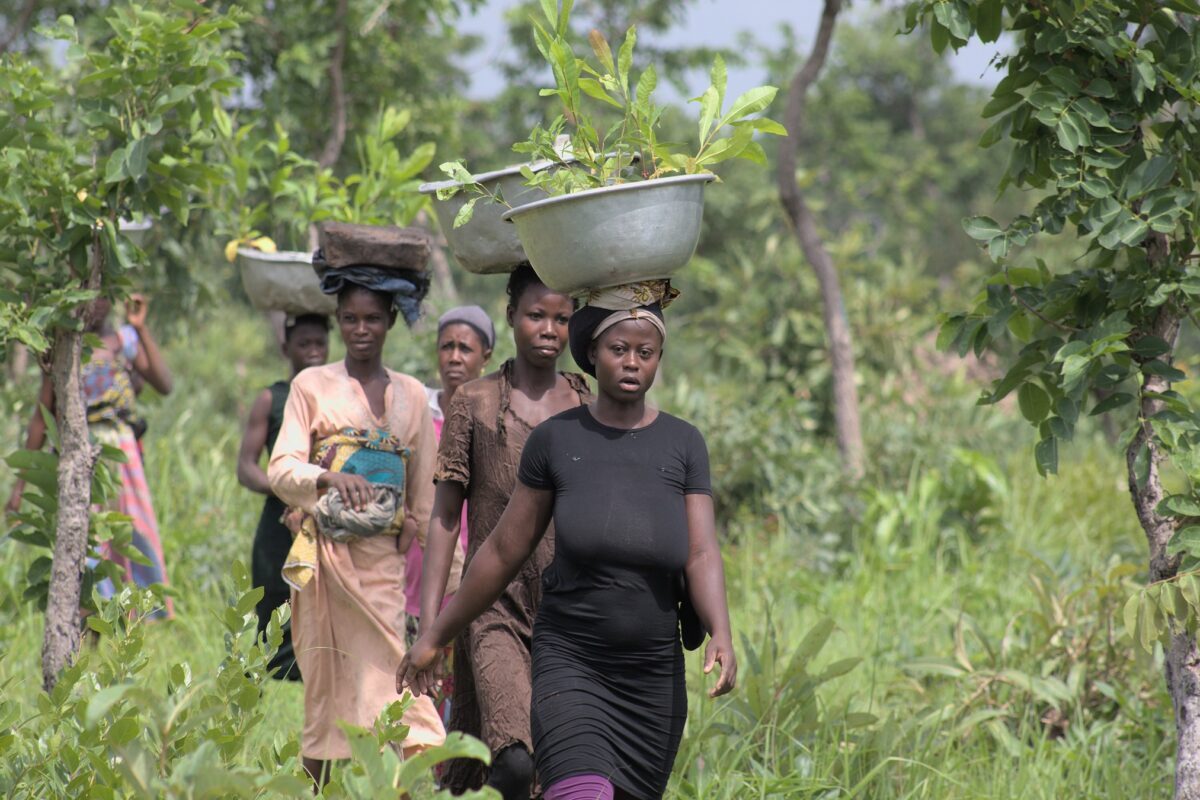CONSTITUCIÓN, Mexico — At an empty outpost deep in a forest in Mexico, biologists were checking whether the windows had been broken or the furniture stolen, or if any animals had made a home inside. The outpost had been built in 2015 for a tree-planting and forest restoration project, but it was paused in 2023. The land had been degraded by decades of farming; massive flooding every few years made restoration work too difficult and expensive for Plant-for-the-Planet, the organization that had purchased it. Researchers with Plant-for-the-Planet know they’ve fallen victim to overambition before, attempting to restore complex ecosystems they didn’t fully understand, and often with a very tight budget. At this idle site, they still hoped to get some support through a government wildlife program. But until that happened, the outpost would remain empty. “For it to make sense to restore a forest, we really need to be thinking in terms of decades and centuries,” Anna Gee, the group’s forest restoration and conservation project manager, told Mongabay. “How do you create a forest that’s going to be able to sustain itself and self-perpetuate into the future and isn’t just going to get cut down again in 20 years?” Reforestation is hard. For decades, it’s been touted as a catch-all solution to climate change and biodiversity loss, with corporations buying up carbon offsets and governments launching tree-planting campaigns, despite many of the trees dying before they reach maturity. In some instances, programs prioritize the number of trees planted over how…This article was originally published on Mongabay
From Conservation news via this RSS feed


